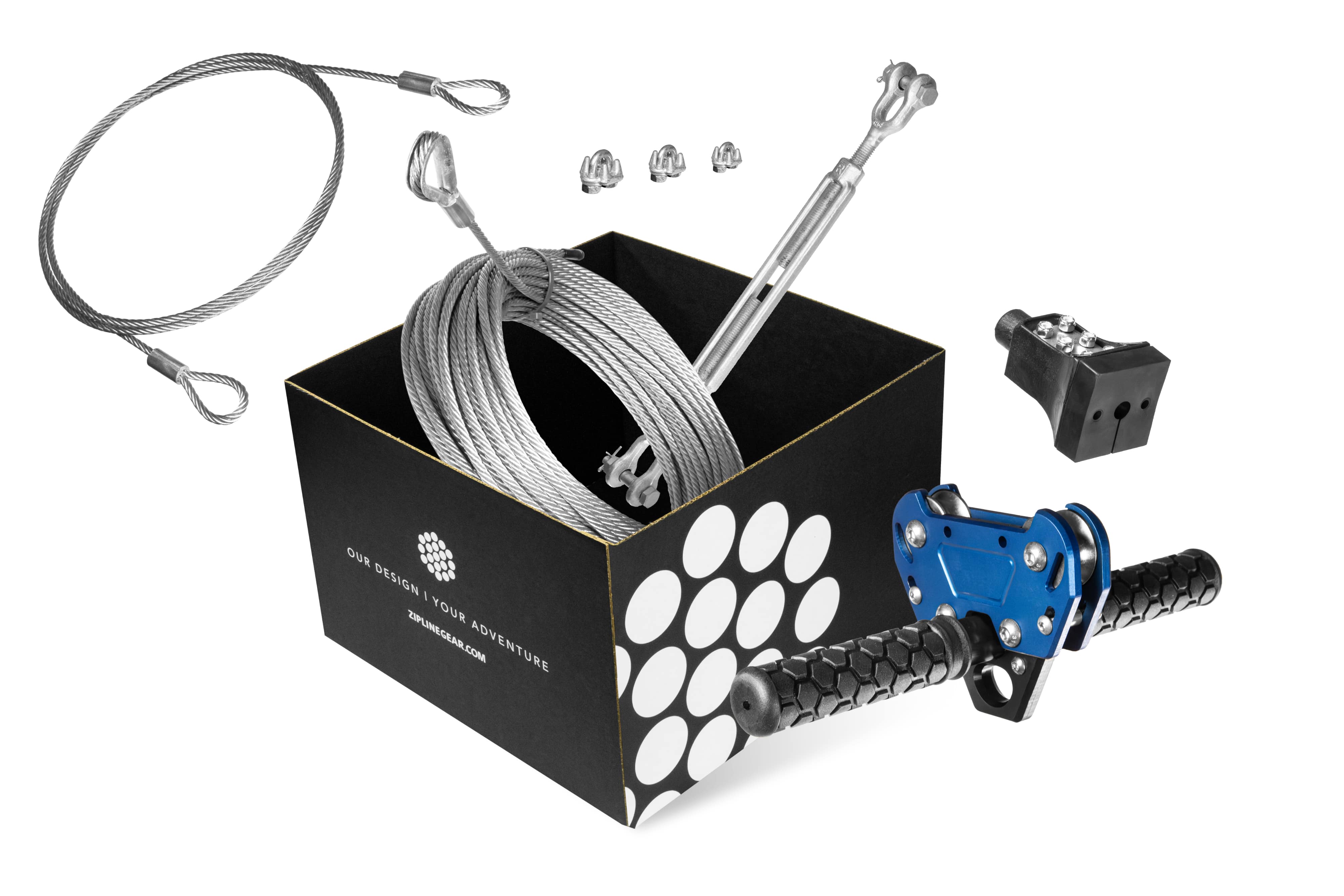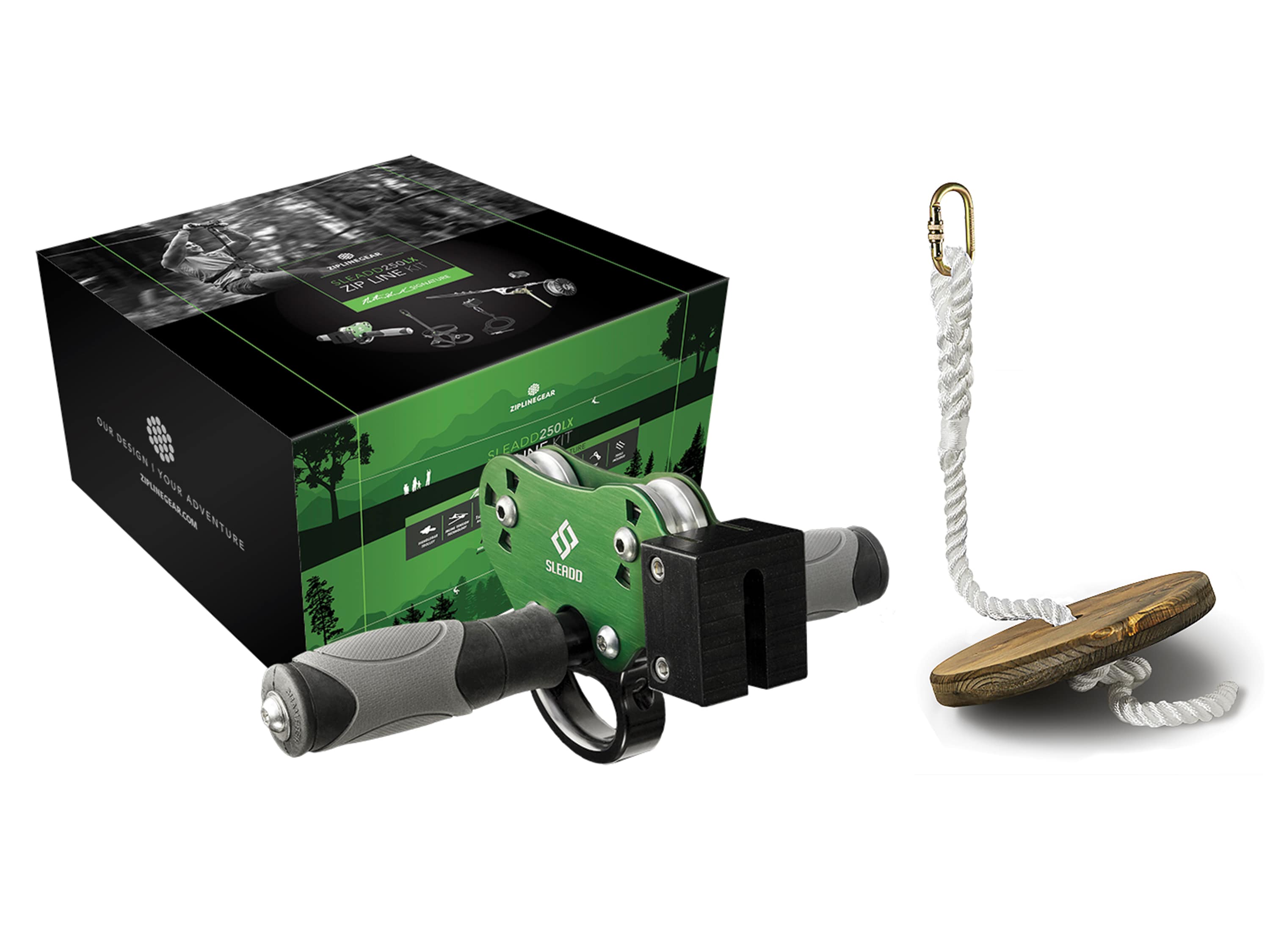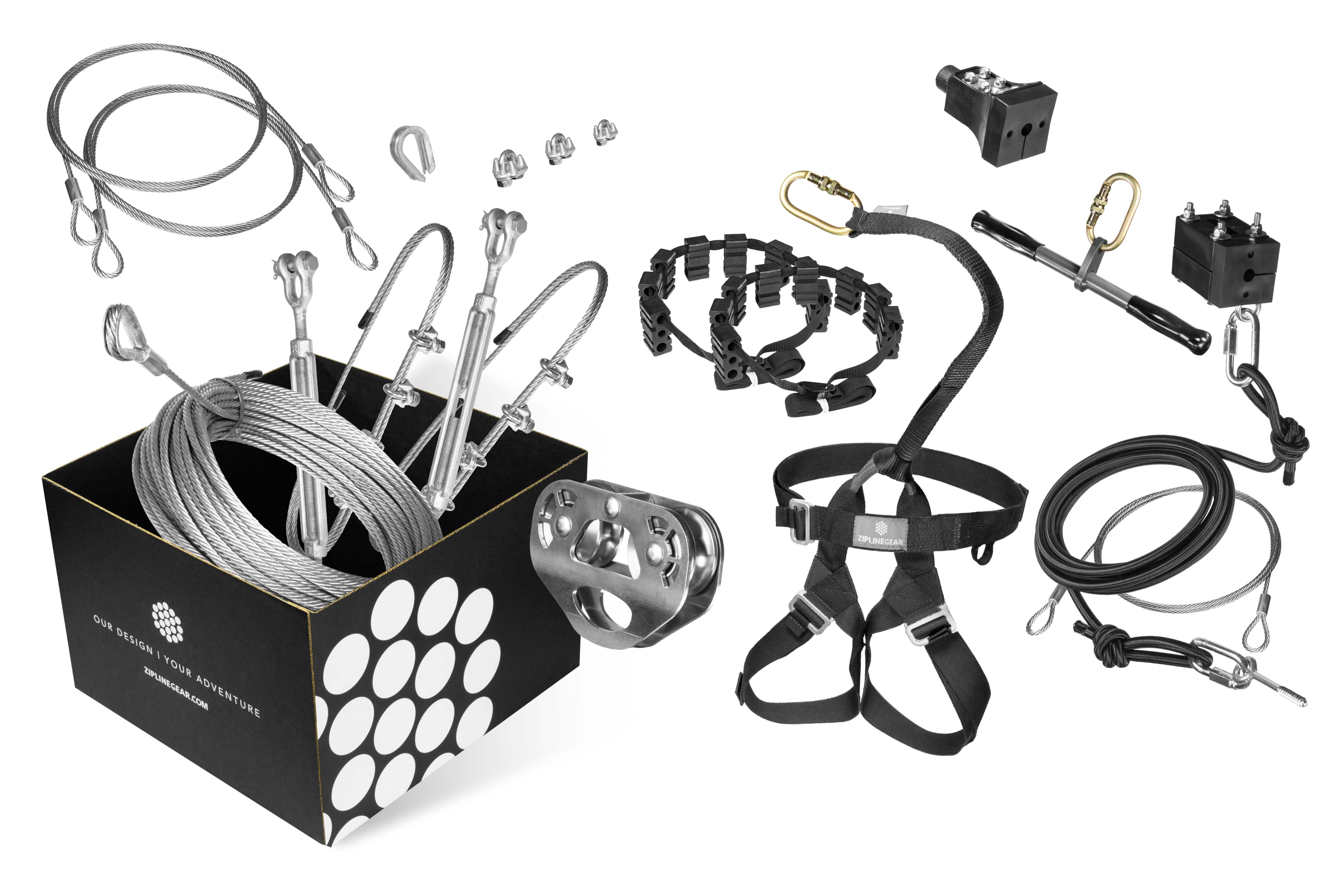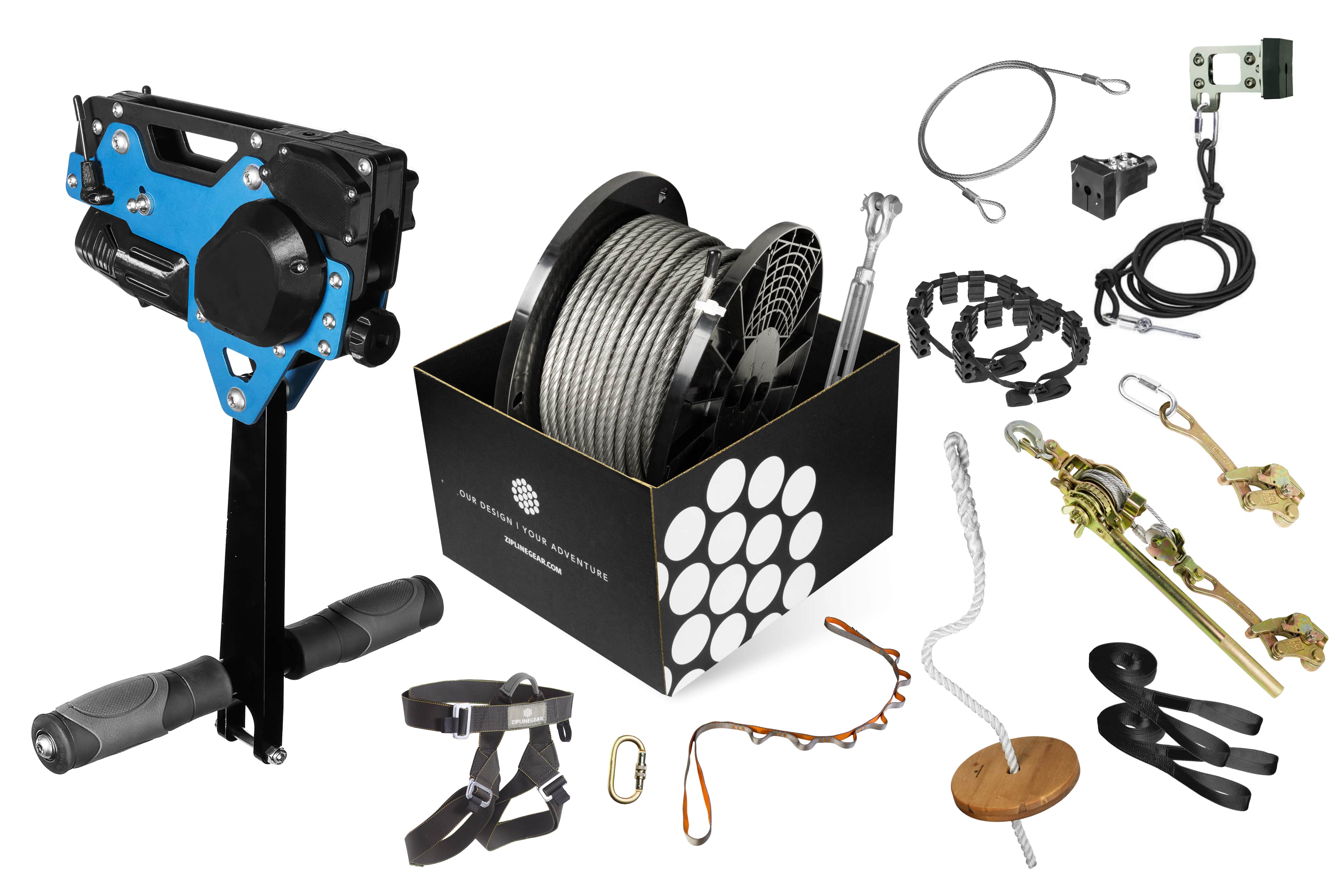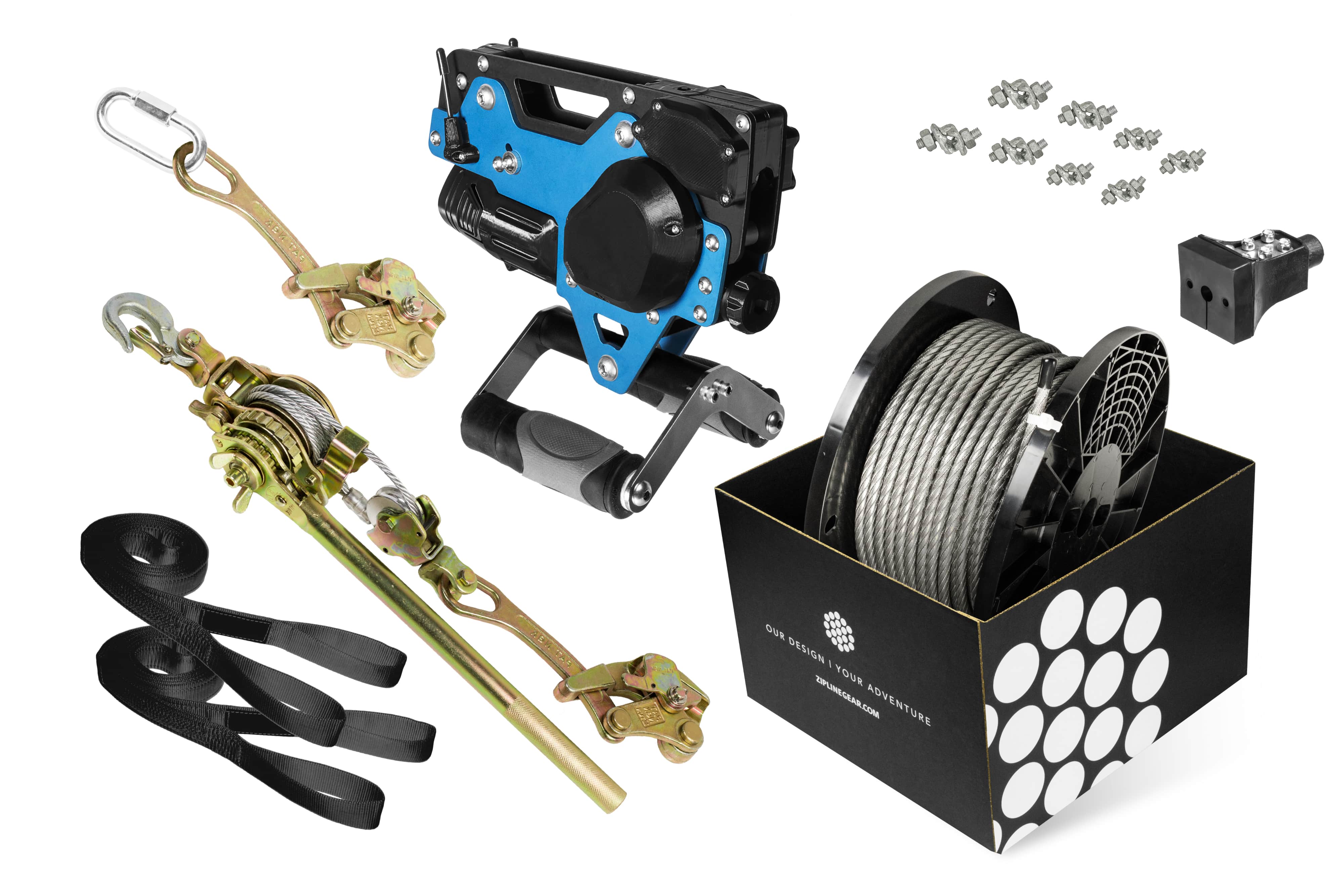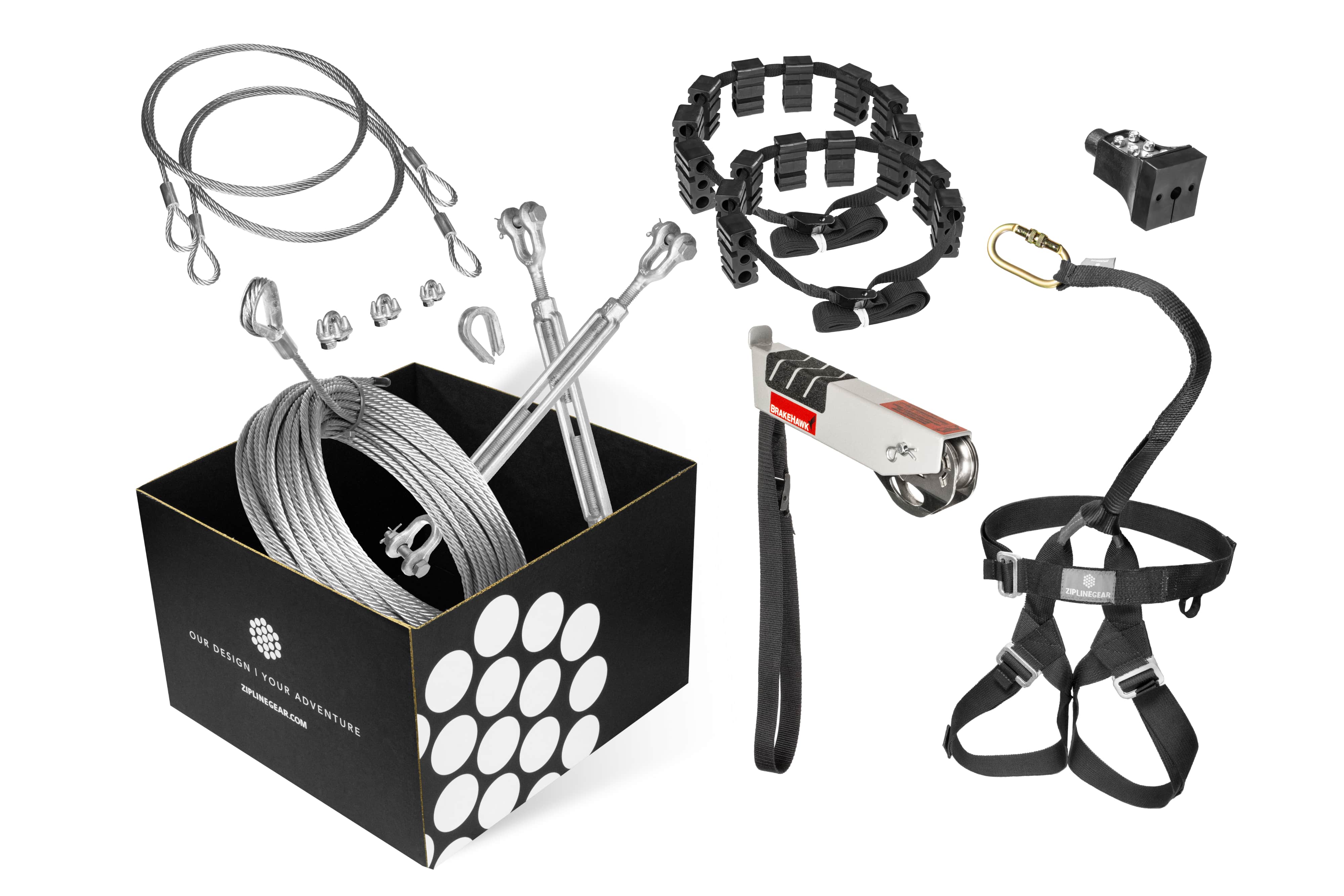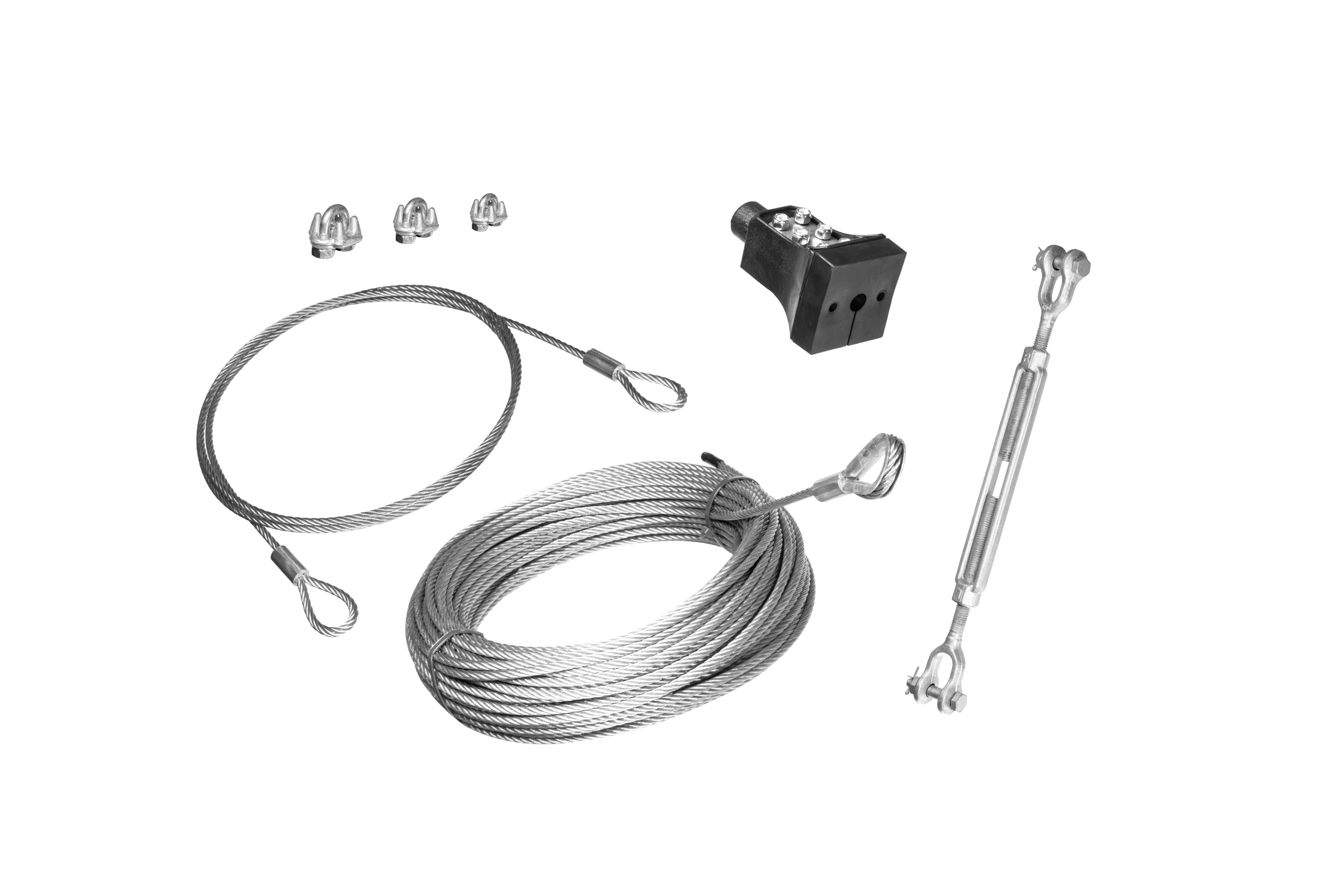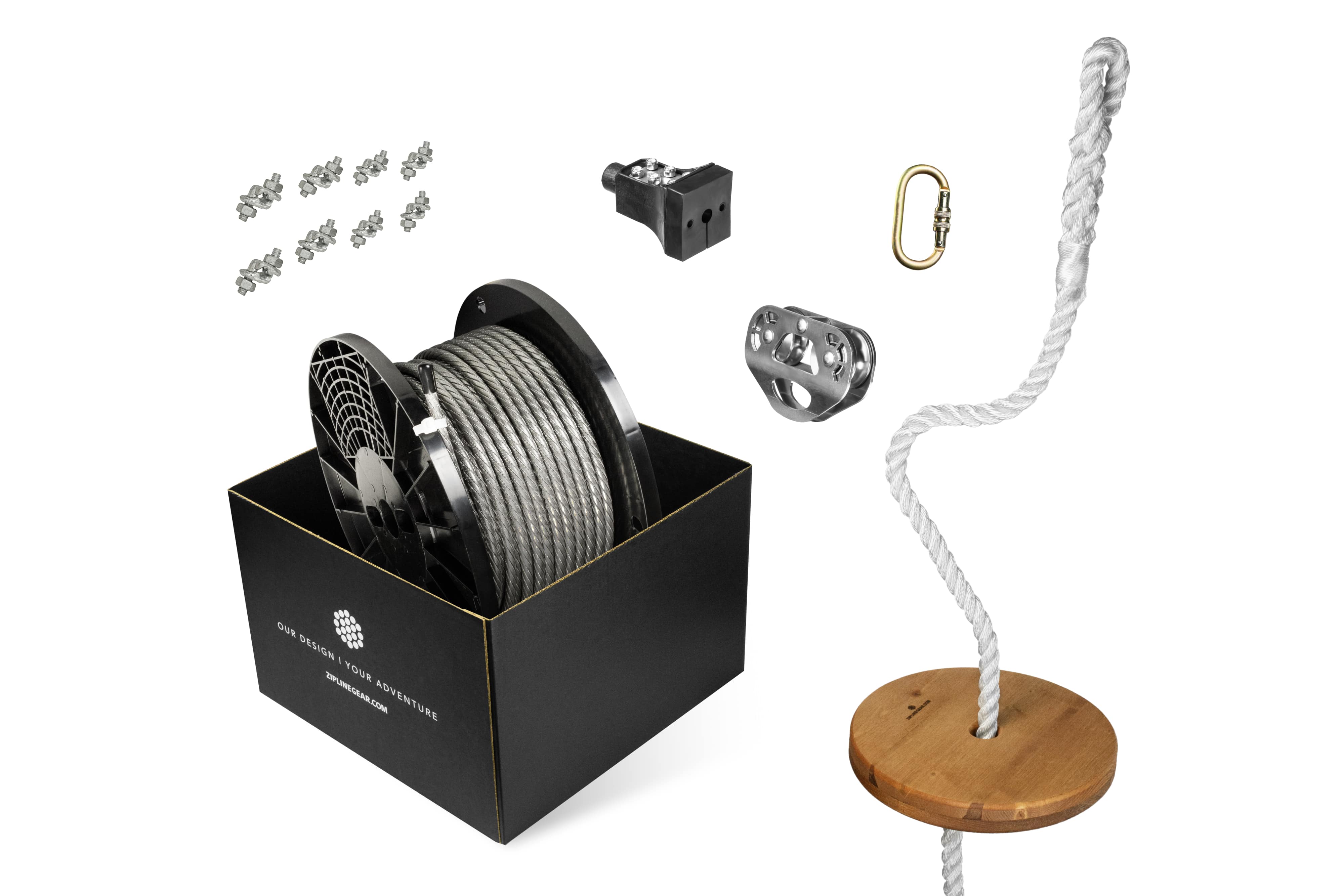The Zip Line Kit Buyer’s Guide: What to Look for (and What to Avoid)
Backyard zip lines have become a favorite DIY project for families and adventure-seekers alike. Offering excitement, fresh air, and hours of unplugged fun, a zip line kit can transform a typical yard into an outdoor playground. But not all kits are created equal—and a poor choice can compromise both safety and enjoyment.
This guide walks you through key considerations before buying a zip line kit—from important safety features to common buyer pitfalls. Whether you’re a parent, homeowner, or just someone looking for a thrilling gift idea, this article will help you feel more prepared and make a safer, more informed choice.
Why Buy a Zip Line Kit?
Zip line kits bring adventure closer to home. They’re ideal for:
-
Families looking for outdoor fun
-
DIYers who enjoy backyard projects
-
Gift givers searching for something unique
-
Outdoor enthusiasts building home obstacle courses
With the right kit, installation is manageable and key safety considerations can be addressed.
What to Look for in a Zip Line Kit
There are a few non-negotiables when shopping for a zip line kit for backyard use. Here are the key features you should prioritize:
1. Quality Materials
Look for aircraft-grade steel cables and weather-resistant components. Avoid kits made with low-quality plastic parts, especially on critical components like trolleys and pulleys.
2. Weight Capacity
Most residential kits support 200 to 350 pounds. Be sure to choose a kit that matches the weight of the intended rider(s), with some margin for safety.
3. Braking System
A proper brake is essential for safe stops—especially on longer or steeper zip lines. Bungee brakes are braking systems designed to slow riders. Some kits include spring stops, but these are bumpers, not brakes. They’re only suitable for very short zip lines with a 3% slope or less.
4. Safety Gear
A good kit should include, or be compatible with, safety gear for zip lines such as:
-
A harness or seat with secure attachment points
-
A helmet for head protection
-
Gloves for grip and hand safety
5. Installation Support
Look for kits that come with detailed instructions, pre-assembled parts, or online installation guides. This is especially important if you’re a first-time installer. If you’re new to installing a zip line, this support can make the process easier and safer. You can also check out our Installation Guide for visuals, tips, and step-by-step help.
Which Zip Line Kit is Right for You?
Not every zip line kit suits every yard or rider. Here’s how to pick the right one based on your space, experience, and who’ll be riding.
-
For families who want something safe and versatile, the Rogue Series Zip Line Kit supports up to 350 lbs and includes a braking system. It’s perfect for both kids and adults with yards 150 feet or longer.
-
If you want more control over braking, consider the BrakeHawk Zip Line Kit, which lets the rider control their stop—perfect for older kids and adventurous adults.
-
Short on space? A kit like the Chetco, available in 50–250 ft lengths, is designed for compact yards without sacrificing fun.
-
Want everything in one box? The SLEADD 250LX Kit comes as a complete package. It includes cable, trolley, seat, brake, and mounting hardware, making it a solid choice for those who want everything they need in one box with no extra shopping.
-
For younger kids or first-time users, the Quick Rider Package is a great add-on to pair with a full kit like the SLEADD 250LX or the Chetco Zip Line Kit. It includes a wooden seat and a bungee brake, making it easy to install and fun to ride.
Need help designing your layout or choosing the right length? Book a free design consultation with ZIPLINEGEAR™’s experts—they’ll guide you through anchors, spacing, and gear selection.
Red Flags and What to Avoid
Even the best zip line can become risky if certain features are missing. Here’s what to watch out for:
❌ No Braking Mechanism
Zip lines without brakes can cause hard landings, especially for kids. A braking system is crucial.
❌ Unclear or No Safety Guidelines
Kits should come with detailed setup and usage instructions. If not, that’s a problem. Look for brands that follow ASTM standards.
❌ Unverified Weight Ratings
Avoid kits that don’t clearly list their weight limits or materials.
❌ Inadequate Tree/Anchor Support
The zip line is only as safe as its anchor points. Read our blog post on how to choose and use proper anchors to make sure your installation is secure, whether you're using trees, posts, or engineered supports.
Installation Considerations
DIY installation can be straightforward, but it requires planning. Before starting:
-
Measure your space. Most zip lines require at least 50 feet between anchor points.
-
Check tree health. Use only sturdy, mature trees or install secure wooden posts, and review our guide to anchoring zip line cables for proper installation.
-
Test before riding. Use a weighted bag to run the first test and adjust as needed.
For detailed guidance, follow ZIPLINEGEAR™’s step-by-step installation guide.
Maintaining Your Zip Line Kit
Safety doesn’t stop after installation. Regular maintenance is key to keeping your zip line safe and performing at its best:
-
Inspect the cable for rust or fraying every season.
-
Check the trolley to ensure smooth movement.
-
Tighten bolts and monitor wear on harnesses and brakes.
Replacing worn parts before failure helps extend your zip line’s life and ensures continued safety. For a more detailed inspection checklist, refer to our Zip Line Handbook.
Budget Expectations
Zip line kits can vary widely in price—from around $100 for basic starter kits to $600 or more for premium systems like our Brakehawk Kit. The cost depends on factors like:
-
Length and thickness of cable
-
Quality of materials (steel vs. plastic components)
-
Included safety features, such as braking systems and harnesses
More expensive doesn’t always mean better—but cutting costs by skipping key safety or durability features often leads to higher expenses later in repairs, replacements, or even riskier situations. Likewise, a lower price doesn’t always equal a bargain if important aspects like safety are compromised.
Is a Zip Line Kit Right for You?
If you’re considering a backyard zip line but still unsure, here are some quick questions to guide you:
-
Do you have at least 50 feet of clear space?
-
Are your anchor points (trees or posts) strong and healthy?
-
Are you willing to install and maintain the kit properly?
If you answered “yes” to most of these, you’re ready to explore your options.
Final Thoughts
Zip line kits offer more than just thrills—they create shared experiences, outdoor memories, and opportunities for unplugged play. While zip lining is not a risk-free activity, focusing on safety, quality, and proper installation helps minimize those risks and maximize the fun.
Steer clear of vague instructions and low-grade materials. Instead, prioritize kits that are well-reviewed, safety-certified, and come from dedicated retailers like ZIPLINEGEAR™, who specialize in zip lines for all ages and abilities.
Whether you're shopping locally or across the U.S., zip lines can bring a sense of adventure to your backyard no matter where you live. With the right planning and gear, you're set for years of safe, exciting outdoor fun.
Frequently Asked Questions (FAQ)
How often should I inspect and maintain my zip line?
Regularly inspect cables, hardware, and anchors for signs of wear, corrosion, or damage. Many experts recommend checking your zip line before every use and performing thorough maintenance at least once a season.
What common mistakes should I avoid when installing a zip line?
Avoid installing on unstable anchor points, using damaged or incompatible parts, neglecting proper tensioning of cables, or skipping safety tests before first use. Always follow installation instructions and consult professionals if unsure.
What is included in a zip line kit?
Most zip line kits include a cable, trolley, harness or seat, mounting hardware, and a braking system. Some advanced kits also come with helmets, gloves, and step-by-step installation guides.
Is it safe to install a zip line in my backyard?
Yes, backyard zip lines are safe when properly installed using high-quality equipment. Always follow the manufacturer’s instructions, inspect trees or anchors, and use certified safety gear.
How much space do I need for a zip line kit?
You typically need at least 50 to 100 feet of open space between two strong anchor points. Ensure the area below the cable is clear of obstacles.
Can kids use zip line kits?
Absolutely. Many zip line kits are designed specifically for kids with age-appropriate weight limits, harnesses, and braking systems. Always supervise young riders and use safety gear.
Do I need tools to install a zip line kit?
Yes. Common tools include a ladder, wrench, drill, and measuring tape. Some kits offer quick-install systems that reduce tool requirements.
How long does it take to install a zip line kit?
Installation time can vary depending on the kit and your experience level. If it's your first time, it's best to set aside a full day to plan, prepare, and install everything carefully.
- Choosing a selection results in a full page refresh.
